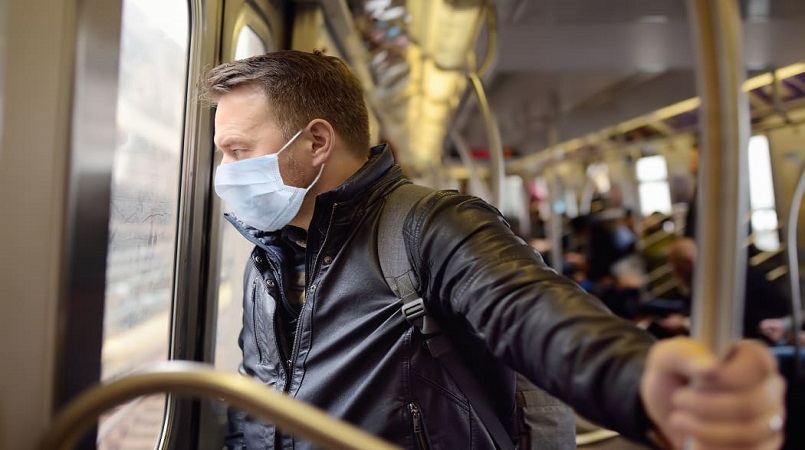
At least 46 percent of Australian adults had been infected with Covid-19 by early June, according to results from Australia's most recent blood testing of relevant antibodies.
Researchers have conducted their second "serosurvey", testing blood donations for the presence of antibodies to SARS-CoV-2, to find the prevalence of infection had almost tripled since late February when it was estimated to be 17 per cent.
Kirby Institute senior research fellow Dr Dorothy Machalek said while the results revealed there was a "huge amount" of community transmission, it was not a surprise.
"The international borders opened in April, we've had a further loosening of restrictions and for many people it's been back to business as usual with mask-wearing reducing until now," Machalek said.
"We've also gone into winter so the behaviour of people has changed - it's gotten colder, so we're inside more."
Low testing rates, asymptomatic cases and rapid antigen tests taken at home mean cases are likely to be under-reported to health authorities.
Dr Machalek said these blood tests, while not a perfect representation of the population, provided a more complete picture of how many infections there were in the community.
Infections highest among young adults
Evidence of past infection was highest among donors in the 18-29-year age group, at 61.7 percent, declining with increasing age to 25.7 percent in donors aged 70-89 years across Victoria, NSW, Queensland and Western Australia.
In Western Australia, evidence of past infection in blood donors jumped from 0.5 percent to 37.5 percent over a three-month period.
The researchers examined 5139 de-identified samples from Australian blood donors aged 18 to 89 years for evidence of Covid-19-related antibodies.
Two types of antibody to SARS-CoV-2 were tested for, with an antibody to the nucleocapsid protein of the virus providing an indication of infection in the past few months, while an antibody to the spike protein indicating past infection and/or vaccination.
The blood samples were collected from 9-18 June this year.
Machalek said there were a number of limitations, and the surveys and tests weren't 100 percent sensitive.
"We know that we're probably missing maybe up to 20 per cent of infections," she said.
Cases to rise further
The next round of the Australian Red Cross Lifeblood donor survey will begin around the end of August.
Machalek expects to see a further rise of infection in the community then, with new Omicron variants circulating.
"I suspect at some point those antibody levels will stabilise and they do wane [over time] as well," she said.
"We're mindful that just because there is so much infection in the community it doesn't mean that people are immune.
"It's just important to get your booster when you're due or if you're eligible, and also wear masks in settings where you may be at risk of getting sick."
Chief Medical Officer Paul Kelly said data collected from these surveys was crucial for informing the pandemic response.
Data is provided to all state and territory governments, and the Commonwealth government under the Australian National Disease Surveillance Plan for Covid-19.
The survey, the second in the series of four rounds this year, was conducted by the Kirby Institute at UNSW Sydney and the National Centre for Immunisation Research and Surveillance, in collaboration with Lifeblood, Royal Melbourne Hospital's Victorian Infectious Diseases Reference Laboratory at the Doherty Institute, and NSW Health Pathology's Institute of Clinical Pathology and Medical Research, Westmead and other research partners.
The residual blood donation samples used in the survey are obtained from Lifeblood's processing centres across the country and are delinked from any identifying information apart from age, sex and postcode. Individual results can therefore not be provided back to blood donors.
